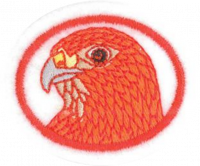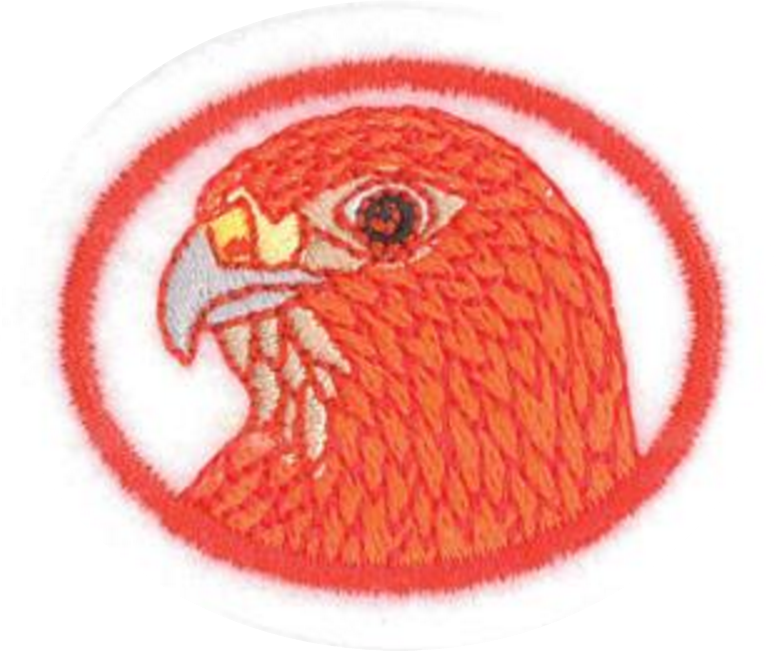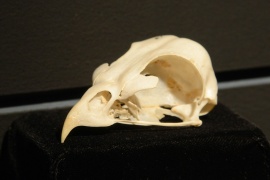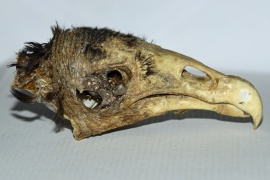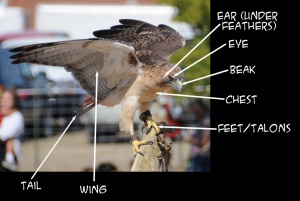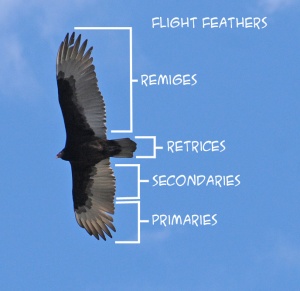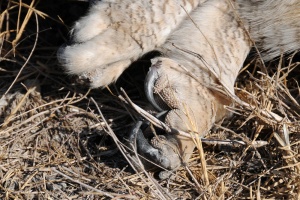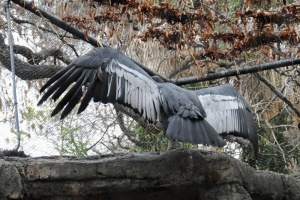Especialidades JA/Aves de rapiña/Respuestas
Nivel de destreza
1
Año
2015
Version
27.12.2025
Autoridad de aprobación
División Norteamericana
1
2
2a
2b
2c
Talons/Feet: With the exception of the vultures (Cathartidae), most raptors capture their live prey with their feet/talons. The feet are strong, and in diurnal raptors the lower legs are often bare (whereas many owls may have feathers even on their feet). The claws may be long and strongly curved, as in Osprey or falcons that catch fish or birds on the wing, or shorter for raptors hunting much larger prey. Most raptors have three toes facing forward and a fourth facing backwards, but owls and osprey can turn their small tow backwards, to have a two two configuration, for better balance or grip.
2d
3
- a. Ojos
- b. Pies y garras
- c. Pecho
- d. Cuerpo
- e. Pico
- f. Oídos
- g. Alas
- h. Plumas
The third picture above is a close up shot of owl talons. Note the sharp, curved claws, used for grasping prey.
4
4a
4b
4c
4d
4e
4f
5
5a
5b
5c
6
6a
6b
6c
6d
6e
6f
6g
This can be done while visiting a zoo under Requirement #7 or while working on some of the activities of this honor.
7
7a
A docent is a person, often a volunteer, that provides information and tours.
Si piensa visitar un zoológico o acuario, tenga en cuenta que hay varias especialidades que tienen requisitos que se pueden cumplir visitando un zoológico o acuario. Los individuos pueden trabajar en varias especialidades en una visita, o partes de su grupo pueden trabajar en diferentes especialidades durante la misma visita.
Aquí hay una lista de especialidades que tienen requisitos que se pueden cumplir visitando un zoológico o acuario:
Bosques templados caducifolios
7b
| Tip for earning from home during the pandemic | |
| This may be possible via video conferencing. Check with your local raptor conservation organizations to find out. |
8
The National Audubon Society is one possible resource for this. They run hundreds of nature centers and are usually located in an area frequented by many species of birds. Many such nature centers are located near urban areas.
Raptors live outside of Audubon Society nature centers as well. Many cities have thriving populations of raptors. The trick is to get outside, keep your eyes open, spend time looking, and recognize them when they appear.
While looking for raptors, you could work on the Birds honor at the same time.
9
There are many mentions of raptors in the Bible. Practice using a concordance in your search (something you need to do for Explorer class Investiture Achievement). Depending upon the version, there may be different translated names, but in general you will be able to find eagle, owl, falcon, kite, osprey, and vulture.
Eagles generally denote speed, power, strength and might, as well as something largely unreachable and untamable.
- God is represented as a powerful eagle, as protecting his people or carrying them out of trouble (Ex. 19:4, Deut. 32:11, Rev. 12:14, Ezek. 7:1-10)
- The eagle may be a symbol of strength, youth and revival (Ps. 105:3, Is. 40:28-31)
- Just as the eagle can be seen as powerful for good, it can also represent the power of destruction, often as either a tool of God’s wrath, or as a the power of an overwhelming enemy (Deut. 28:49, Jer. 4:13, Jer. 48:40, Jer. 49:22, Lam. 4:19, Hos. 8:1, Hab. 1:8)
- Eagles are fast, and are used as a comparison to speed, or to things being snatched away or fleeting (2 Sam. 1:23, Job 9:26, Prov. 23:5)
- The soaring height of eagles and their nests hidden in high rocky crags represents distance - a distance that is easily overcome by God (Jer. 49:16, Ob. 1:4)
- Finally, eagles are often seen in the characteristics of heavenly beings (Ez. 1:10, Dan. 7:4, Rev. 4:7, Rev. 8:13)
- Owls represent something that lives in desolate places, in places without people. They are a symbol of complete destruction, or of severe loneliness (Job 30:29, Ps. 102:6, Is. 13:21, Is. 14:23, Is. 34:8-15, Jer. 50:39, Zeph. 2:14)
There are other examples of raptors in the Bible, sometimes just as themselves (as in the discussions of clean and unclean animals in Leviticus and Deuteronomy), at other times based on their characteristics (falcons with strong sight, vultures gathering around a corpse).
